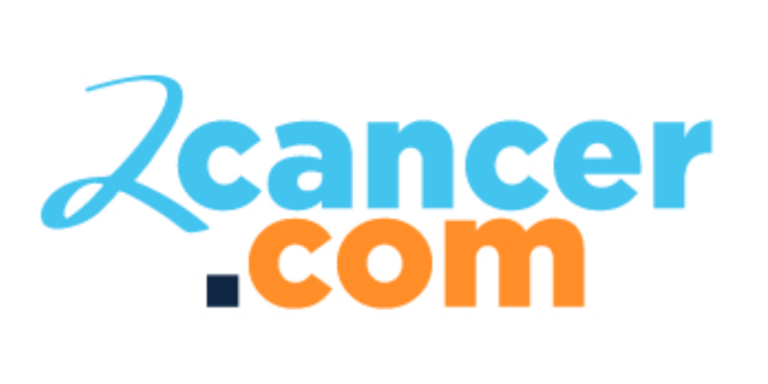In a shocking revelation, a new study published in BMJ Oncology has uncovered a 79 percent increase in rates of cancer among those under 50 over the last three decades.
Attempting to explain this alarming trend, researchers point to a variety of lifestyle-related culprits, including Western diets rich in red meat, excessive salt consumption, and alcohol.
Here’s an overview of the findings and what they could mean for our future:
The Startling Statistics
The study, which analyzed data from 1990 to 2019, paints a grim picture. In 2019 alone, there were 3.26 million cases of cancer in the 14 to 49 age group (also known as “early-onset cancer”), marking a staggering 79.1 percent increase since 1990.
Moreover, cancer-related deaths within this age group have risen by 27.7 percent during the same period, with some of the highest mortality rates for breast, tracheal, lung, bowel, and stomach cancers.
The Most Common Forms of Cancer
The research identified certain cancers with the most significant increases, including windpipe and prostate cancer. Breast cancer topped the list for early-onset cases, while liver cancer declined in prevalence.
Geographic and Lifestyle-Related Variations
Geography seems to play a notable role in the prevalence and severity of cancer cases. North America, Australasia, and Western Europe recorded high incidence rates of early-onset cancer in 2019, while Eastern Europe, Oceania, and Central Asia reported the highest mortality rates.
Excessive alcohol consumption and smoking were identified as significant risk factors for early-onset cancer, underscoring the importance of lifestyle choices in cancer prevention.
The fact that variables like a patient’s local environment, lifestyle, and access to medical treatment contribute to variations in mortality rates reinforces the need for targeted interventions for cancer.
Future Projections
The researchers warn that if current trends persist, we can expect a 31 percent increase in early-onset cancer diagnoses and a 21 percent increase in deaths by 2030. These alarming projections demand immediate attention.
The Importance of Screening and Detection
One ray of hope comes from the increased uptake of screening and early detection efforts in developed regions. Remarkably, the UK’s outstanding screening initiatives have led to a decline in deaths related to early-onset cancer. Their success illustrates the importance of investing more resources in widespread cancer screening to address this increase in early-onset cancer.
Addressing the Financial Toxicity of Cancer Treatment
The term “financial toxicity” refers to the serious financial burden—and the resultant distress—that cancer survivors and their families experience due to the high cost of cancer treatment.
Exploring a life settlement with a life insurance policy may offer a viable solution for cancer survivors seeking ways to mitigate the financial burden associated with treatment. A life settlement may allow individuals to access funds from their life insurance policies, providing much-needed financial relief during a difficult time.
This option can help cover medical expenses, alleviate debt, and ease the financial strain of cancer treatment, allowing cancer survivors to focus on what matters most: their health and well-being.
Some Closing Thoughts
We cannot ignore the frightening increase in cancer cases among young people. Instead, we must raise awareness about the impact of lifestyle choices like diet, alcohol, and smoking on cancer risk. In particular, early detection and prevention will be essential to reverse this alarming trend and ensure a healthier future for younger generations.

